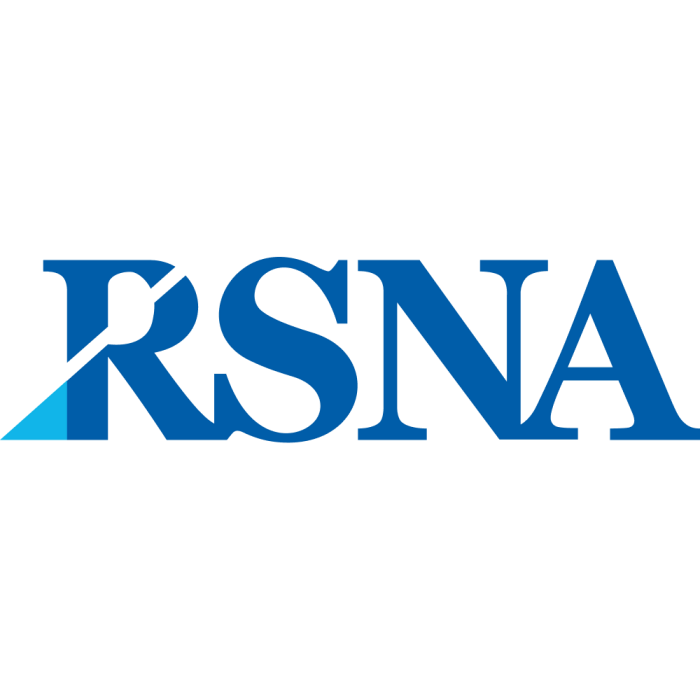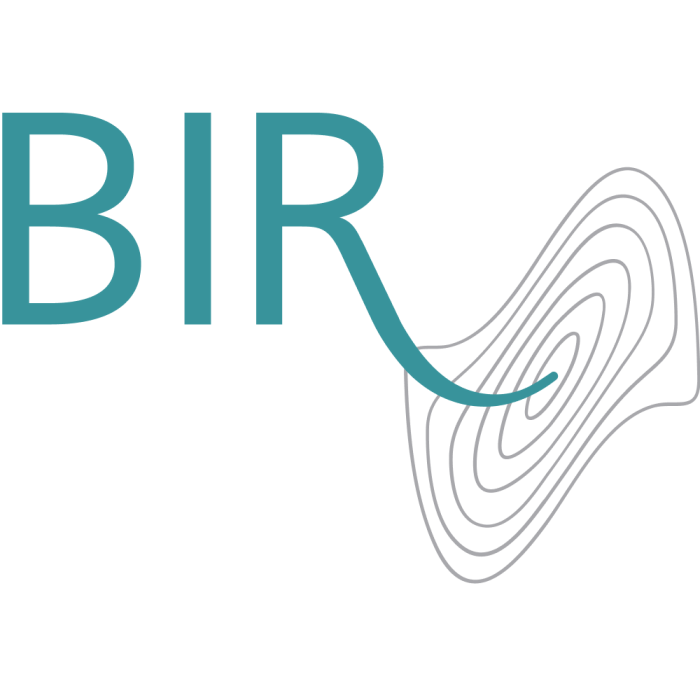Molecular Diagnosis and Therapy
The Role of [18F]F-FDG PET/CT for Predicting Histology and Prognosis in Patients with Thymic Lesions
Daniele Antonio Pizzuto
1
,
Angelo Castello
2
,
Marco Chiappetta
3
,
Massimo Castellani
2
,
Salvatore Annunziata
1
,
Annalisa Campanella
4, 5
,
Giuseppe Calabrese
4, 5
,
Margherita Cattaneo
6
,
Lorenzo Rosso
6
,
Giacomo Cusumano
7, 8
,
Filippo Lococo
4, 5
,
Paolo Mendogni
6
1
Nuclear Medicine Unit, GSTeP Radiopharmacy-TracerGLab, Department of Radiology, Radiotherapy and Hematology, Fondazione Policlinico Universitario A. Gemelli IRCCS, Rome, Italy
3
Thoracic Surgery, Università Magna Graecia, Catanzaro, Italy
4
6
Thoracic Surgery and Lung Transplantation, Fondazione IRCCS Ca’ Granda, Ospedale Maggiore Policlinico, Milan, Italy
7
General Thoracic Surgery Unit, Azienda Ospedaliero Universitaria Policlinico “G. Rodolico-San Marco”, Catania, Italy
Publication type: Journal Article
Publication date: 2025-01-07
Journal:
Molecular Diagnosis and Therapy
scimago Q1
wos Q1
SJR: 1.214
CiteScore: 7.8
Impact factor: 4.1
ISSN: 11771062, 11792000
Abstract
To investigate whether 18F-fluorodeoxyglucose positron emission tomography-computed tomography ([18F]F-FDG PET/CT) metabolic parameters were associated with histology and to assess their prognostic role in patients with thymic lesions. In total, 116 patients (49/67 M/F; mean age 59.5 years) who underwent preoperative [18F]F-FDG PET/CT and thymectomy from 2012 to 2022 were retrospectively analyzed. Associations between histology and metabolic parameters (maximum standardized uptake value (SUVmax), mean standardized uptake value (SUVmean), peak standardized uptake value (SUVpeak), total lesion glycolysis (TLG), metabolic tumor volume (MTV), ratio between target lesion and liver SUVmax (rPET), quotient of SUVpeak in the tumor residual and SUVmean in a 20-cm3 volume of interest (qPET), and tumor-to-mediastinum (T/M) were analyzed. Freedom from recurrence (FFR) was determined and compared using the Kaplan–Meier and the log-rank test. The median follow-up was 38 months (range 14–72 months). In total, 27 thymic hyperplasia, 41 low-risk thymomas (LRT) (types A, AB, and B1), and 48 high-risk thymomas (HRT) (B2, B3 thymoma, and carcinoma) were included. SUVmax, SUVmean, SUVpeak, rPET, qPET, and T/M were significantly higher in HRT than LRT and hyperplasia (p < 0.001). TLG and MTV were significantly higher in patients with LRT (p < 0.001). Only rPET, qPET, and T/M remained significantly higher in HRT than in LRT subgroups (p = 0.042, p = 0.049, and p = 0.028, respectively). SUVmax, SUVmean, and SUVpeak cutoffs of < 4.3, < 2.87, and 4.03, respectively, significantly distinguished patients with longer FFR (p = 0.009, p = 0.05, and p = 0.05). Positron emission tomography (PET) metabolic parameters could help to differentiate thymic histotypes. Standardized uptake value (SUV)-based parameters appear promising to predict recurrent disease.
Nothing found, try to update filter.
Klug M., Strange C.D., Truong M.T., Kirshenboim Z., Ofek E., Konen E., Marom E.M.
Are you a researcher?
Create a profile to get free access to personal recommendations for colleagues and new articles.







